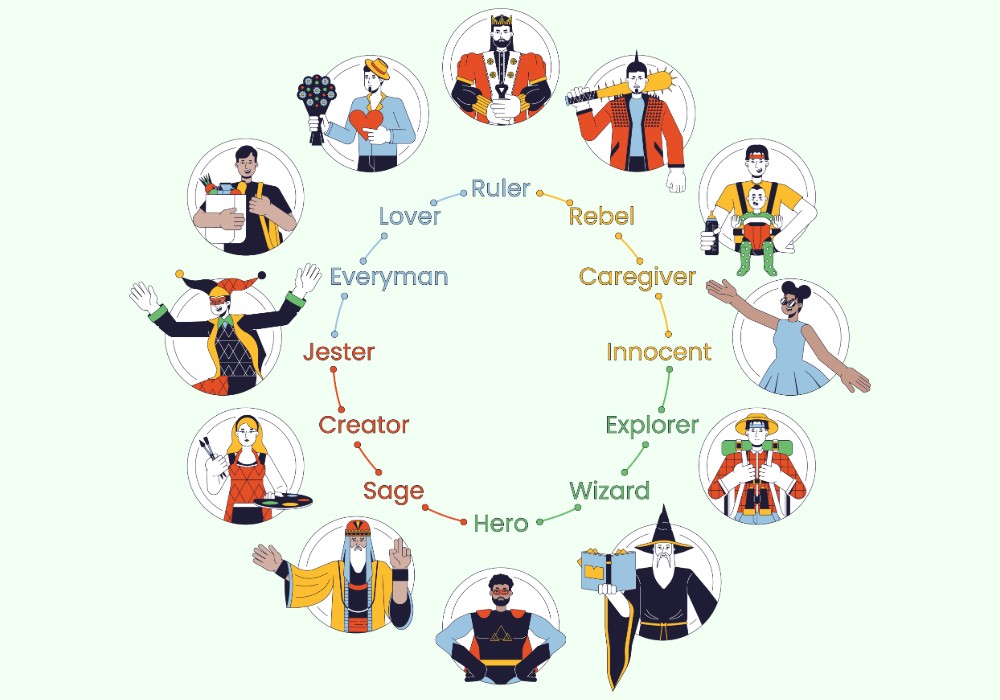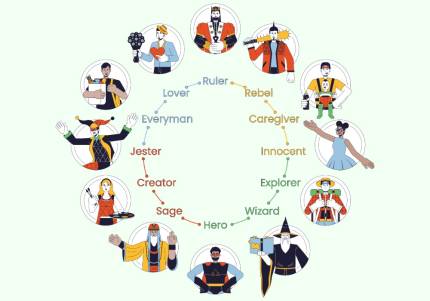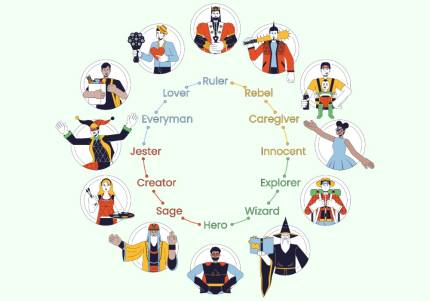How Personality Typing Influences Learning in Education
- 17 May 2025

The integration of personality typing systems into educational contexts has gained significant traction in recent decades. From elementary classrooms to university settings, understanding personality differences has become a tool for enhancing learning experiences. This article explores how personality assessments shape educational approaches, their potential benefits, and important considerations for their responsible implementation.
Personality Types and Learning Preferences
Research suggests that different personality types may demonstrate distinct preferences in how they absorb, process, and apply information. While learning styles theory itself has faced scientific scrutiny, personality differences do appear to influence educational engagement.
| Personality Dimension | Potential Learning Preferences | Educational Implications |
|---|---|---|
| Introversion/Extraversion | Solo study vs. group collaboration | Balance of independent and social learning activities |
| Sensing/Intuition | Concrete examples vs. abstract concepts | Varied presentation methods for new material |
| Thinking/Feeling | Logical analysis vs. value-based evaluation | Multiple assessment approaches |
| Judging/Perceiving | Structured timelines vs. flexible exploration | Varying degrees of assignment structure |
Benefits of Personality Awareness in Education
When thoughtfully implemented, personality-informed approaches can enhance educational outcomes in several ways:
- Self-awareness development: Students gain metacognitive understanding of their learning processes
- Improved teacher-student relationships: Teachers develop more nuanced understanding of student needs
- Reduced conflict: Understanding personality differences decreases misinterpretation of behaviors
- Targeted intervention strategies: Support approaches can be tailored to individual temperaments
- Career guidance: Personality insights inform educational and vocational exploration
Classroom Differentiation Strategies
Educators have developed various approaches to incorporate personality understanding into classroom practices:
- Flexible grouping methods - Alternating between homogeneous and heterogeneous personality groupings
- Multi-modal instruction - Presenting material in ways that engage different personality preferences
- Assignment options - Providing choice in how students demonstrate knowledge
- Environmental considerations - Creating spaces that accommodate different stimulation needs
- Communication adaptation - Adjusting feedback approaches based on student receptivity
Concerns and Limitations
Despite potential benefits, several important concerns should be addressed when implementing personality typing in education:
- Stereotyping risk: Reducing complex individuals to simplified categories
- Scientific validity questions: Many popular typing systems lack rigorous validation
- Developmental fluidity: Personality continues developing throughout adolescence
- Self-fulfilling prophecies: Students may conform to expected type behaviors
- Cultural bias: Many systems reflect Western psychological assumptions
Evidence-Based Implementation
Research suggests that personality typing in education is most effective when:
| Best Practice | Rationale |
|---|---|
| Used as one tool among many | Avoids overreliance on single framework |
| Focused on strengths not limitations | Prevents fixed mindset development |
| Presented as preferences not abilities | Emphasizes skill development across domains |
| Includes growth orientation | Encourages development of non-preferred functions |
| Involves student self-reflection | Promotes agency and metacognition |
Future Directions
The field of personality-informed education continues to evolve, with several promising developments:
- Integration with neuroscience: Connecting personality preferences to cognitive processing patterns
- Technology-enabled personalization: Adaptive learning systems responsive to individual differences
- Longitudinal research: Better understanding of personality stability and change in educational contexts
- Cross-cultural adaptation: Development of more culturally inclusive typing approaches
Conclusion
Personality typing in education offers valuable tools for understanding student differences and tailoring educational approaches, but requires thoughtful implementation. When used as one component of a comprehensive approach to individual differences, personality awareness can enhance educational experiences. The key lies in balancing personalization with flexibility, avoiding deterministic interpretations while honoring genuine differences in how students engage with learning. As our understanding of personality continues to evolve, so too will its applications in creating more effective and inclusive educational environments.



